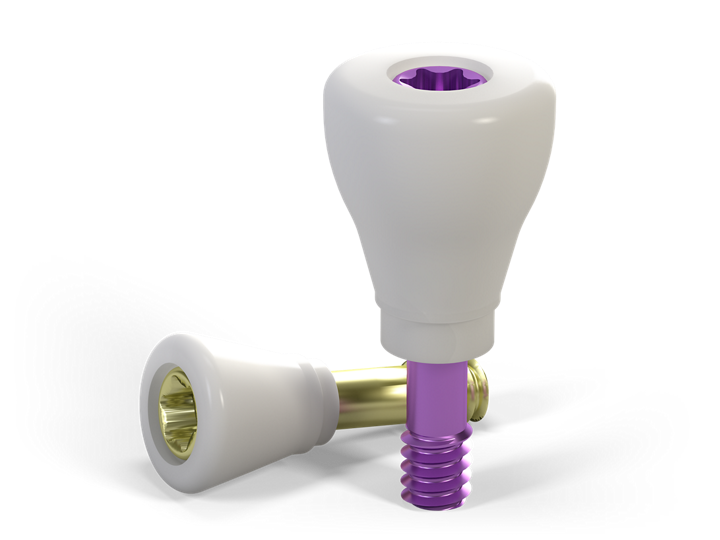
The first step to harmonious soft-tissue healing.
Straumann® Ceramic Healing Abutments offer conditions for soft-tissue attachment, supporting a healthy peri-implant environment. The zirconia material helps surgeons and prosthodontists looking for less plaque attachment and enhances soft tissue healing from the day of surgery.
Favorable soft-tissue attachment
More favorable soft tissue attachment around zirconia than titanium, with blood circulation similar to that around a natural tooth.1-2
Designed for healthy peri-implant environment
Less plaque attachment on zirconia due to smoother surface compared to titanium.2-3,8-9
Ease of use
Aspiration-security thanks to integrated screw.
Color-coding to clearly identify the corresponding prosthetic platform.
Esthetics from the day of surgery
Ceramic abutments for the healing phase.
Final restoration using Straumann® Cares® ceramic options.
View the case study from Dr. Perucchi and Dr. Dana to learn more
View the case study from Dr. Scaringi to learn more
Contact Us to Learn More
Straumann collects your information to facilitate the commercial relationship, contact you regarding future product offerings and promotion and all other permissible business purposes. Please see our Privacy Policy for more information.